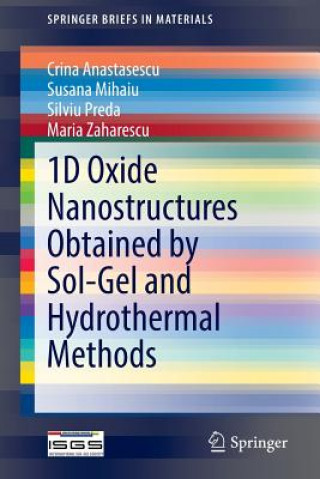
Kód: 02966979
1D Oxide Nanostructures Obtained by Sol-Gel and Hydrothermal Methods
Autor Crina Anastasescu, Susana Mihaiu, Silviu Preda, Maria Zaharescu
This book presents wet chemical sol-gel and hydrothermal methods for 1D oxide nanostructure preparation. These methods represent an attractive route to multifunctional nanomaterials synthesis, as they are versatile, inexpensive an ... celý popis
- Jazyk:
 Angličtina
Angličtina - Väzba: Brožovaná
- Počet strán: 82
Nakladateľ: Springer International Publishing AG, 2016
- Viac informácií o knihe

69.78 €

Skladom u dodávateľa v malom množstve
Odosielame za 12 - 15 dní
Potrebujete viac kusov?Ak máte záujem o viac kusov, preverte, prosím, najprv dostupnosť titulu na našej zákazníckej podpore.
Pridať medzi želanie
Mohlo by sa vám tiež páčiť
-

Organizations, Communication, and Health
275.13 € -
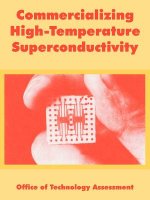
Commercializing High-Temperature Superconductivity
24.20 € -
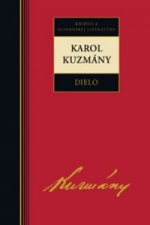
Karol Kuzmány Dielo
9.47 € -23 %
Darujte túto knihu ešte dnes
- Objednajte knihu a vyberte Zaslať ako darček.
- Obratom obdržíte darovací poukaz na knihu, ktorý môžete ihneď odovzdať obdarovanému.
- Knihu zašleme na adresu obdarovaného, o nič sa nestaráte.
Viac informácií o knihe 1D Oxide Nanostructures Obtained by Sol-Gel and Hydrothermal Methods
Nákupom získate 175 bodov
 Anotácia knihy
Anotácia knihy
This book presents wet chemical sol-gel and hydrothermal methods for 1D oxide nanostructure preparation. These methods represent an attractive route to multifunctional nanomaterials synthesis, as they are versatile, inexpensive and, thus, appropriate for obtaining a wide range of oxide materials with tailored morphology and properties. Three specific oxides (SiO2, TiO2, ZnO) are discussed in detail in order to illustrate the principle of the sol-gel and hydrothermal preparation of 1D oxide nanostructures. Other oxides synthesized via this method are also briefly presented.§§Throughout the book, the correlation between the tubular structure and the physico-chemical properties of these materials is highlighted. 1D oxide nanostructures exhibit interesting optical and electrical properties, due to their confined morphology. In addition, a well-defined geometry can be associated with chemically active species. For example, the pure SiO2 nanotubes presented a slight photocatalytic activity, while the Pt-doped SiO2 tubular materials act as microreactors in catalytic reactions. In the case of titania and titanate nanotubes, large specific surface area and pore volume, ion-exchange ability, enhanced light absorption, and fast electron-transport capability have attracted significant research interest. The chemical and physical modifications (microwave assisted hydrothermal methods) discussed here improve the formation kinetics of the nanotubes. The ZnO nanorods/tubes were prepared as random particles or as large areas of small, oriented 1D ZnO nanostructures on a variety of substrates. In the latter case a sol-gel layer is deposited on the substrate prior to the hydrothermal preparation. Using appropriate dopants, coatings of ZnO nanorods with controlled electrical behavior can be obtained.§§
 Parametre knihy
Parametre knihy
Zaradenie knihy Knihy po anglicky Mathematics & science Chemistry Physical chemistry
69.78 €
- Celý názov: 1D Oxide Nanostructures Obtained by Sol-Gel and Hydrothermal Methods
- Autor: Crina Anastasescu, Susana Mihaiu, Silviu Preda, Maria Zaharescu
- Jazyk:
 Angličtina
Angličtina - Väzba: Brožovaná
- Počet strán: 82
- EAN: 9783319329864
- ISBN: 3319329863
- ID: 02966979
- Nakladateľ: Springer International Publishing AG
- Hmotnosť: 1533 g
- Rozmery: 235 × 155 × 6 mm
- Dátum vydania: 31. August 2016
Obľúbené z iného súdka
-
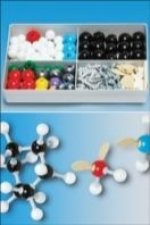
Molymod MMS-072
29.84 € -
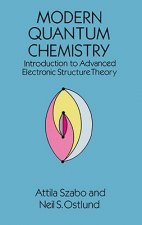
Modern Quantum Chemistry
36.80 € -

Schaum's Outline of Physical Chemistry
42.35 € -

Schaum's Outline of Thermodynamics with Chemical Application
33.27 € -

Principles and Problems in Physical Chemistry for Biochemists
84.41 € -

Thermodynamics and an Introduction to Thermostatistics 2e (WSE)
312.75 € -
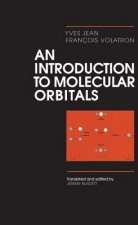
Introduction to Molecular Orbitals
217.13 € -
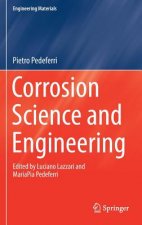
Corrosion Science and Engineering
162.17 € -

Quantum Theory: A Very Short Introduction
11.99 € -15 % -

Molecular Quantum Mechanics
92.27 € -

Catalysis - An Integrated Textbook for Students
89.95 € -11 % -

Quantum Mechanics (A Ladybird Expert Book)
8.87 € -23 % -
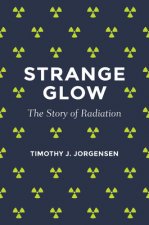
Strange Glow
21.17 € -4 % -

Elements of Physical Chemistry
66.25 € -1 % -

Molecular Driving Forces
187.68 € -

Student Solutions Manual to Accompany Atkins' Physical Chemistry 11th Edition
85.92 € -

Electrochemistry
88.95 € -13 % -

Electrochemical Methods
359.65 € -

History and Science of the Manhattan Project
125.15 € -
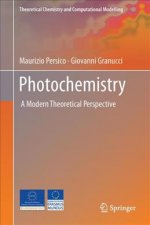
Photochemistry
96.11 € -8 % -

Introduction to Molecular Symmetry
38.42 € -

Solutions Manual to accompany Elements of Physical Chemistry 7e
50.01 € -7 % -
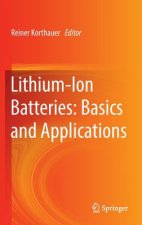
Lithium-Ion Batteries: Basics and Applications
197.06 € -

Introduction to Computational Chemistry, 3e
98.63 € -2 % -

Molecular Modelling for Beginners 2e
103.27 € -

Electrochemistry
53.44 € -

Computational Chemistry
159.44 € -
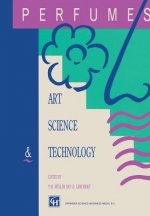
Perfumes
112.85 € -

Chemical Formulation
42.85 € -

Physical Chemistry
188.09 € -

Molecular Symmetry & Group Theory - A Programmed Introduction to Chemical Applications 2e
44.77 € -3 % -
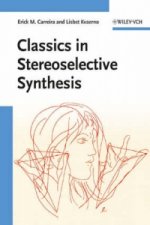
Classics in Stereoselective Synthesis
96.61 € -5 % -

Concepts of Modern Catalysis and Kinetics 3e
99.13 € -13 % -

Electrochemistry in Ionic Liquids
136.35 € -
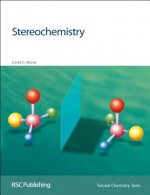
Stereochemistry
27.52 € -

Understanding Voltammetry (Third Edition)
77.95 € -

History and Science of the Manhattan Project
55.66 € -

Understanding Advanced Chemistry Through Problem Solving: The Learner's Approach - Volume 2
37.31 € -

Quantum Chemistry and Dynamics of Excited States - Methods and Applications
341.49 € -

Interfacial Electrochemistry
98.43 € -

Understanding Advanced Chemistry Through Problem Solving: The Learner's Approach - Volume 1
33.58 € -
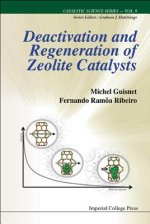
Deactivation And Regeneration Of Zeolite Catalysts
122.53 € -
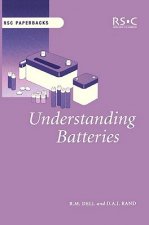
Understanding Batteries
49.91 € -

Stereochemistry - Workbook
57.38 € -

Thermodynamics for Chemists, Physicists and Engineers
82.09 € -

Chemist's Guide to Density Functional Theory 2e
108.51 € -5 % -

Understanding Voltammetry (Third Edition)
164.49 € -
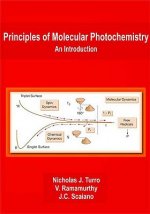
Principles of Molecular Photochemistry: An Introduction
171.45 € -

Electroanalytical Chemistry
214.11 €
Osobný odber Bratislava a 2642 dalších
Copyright ©2008-24 najlacnejsie-knihy.sk Všetky práva vyhradenéSúkromieCookies


 21 miliónov titulov
21 miliónov titulov Vrátenie do mesiaca
Vrátenie do mesiaca 02/210 210 99 (8-15.30h)
02/210 210 99 (8-15.30h)